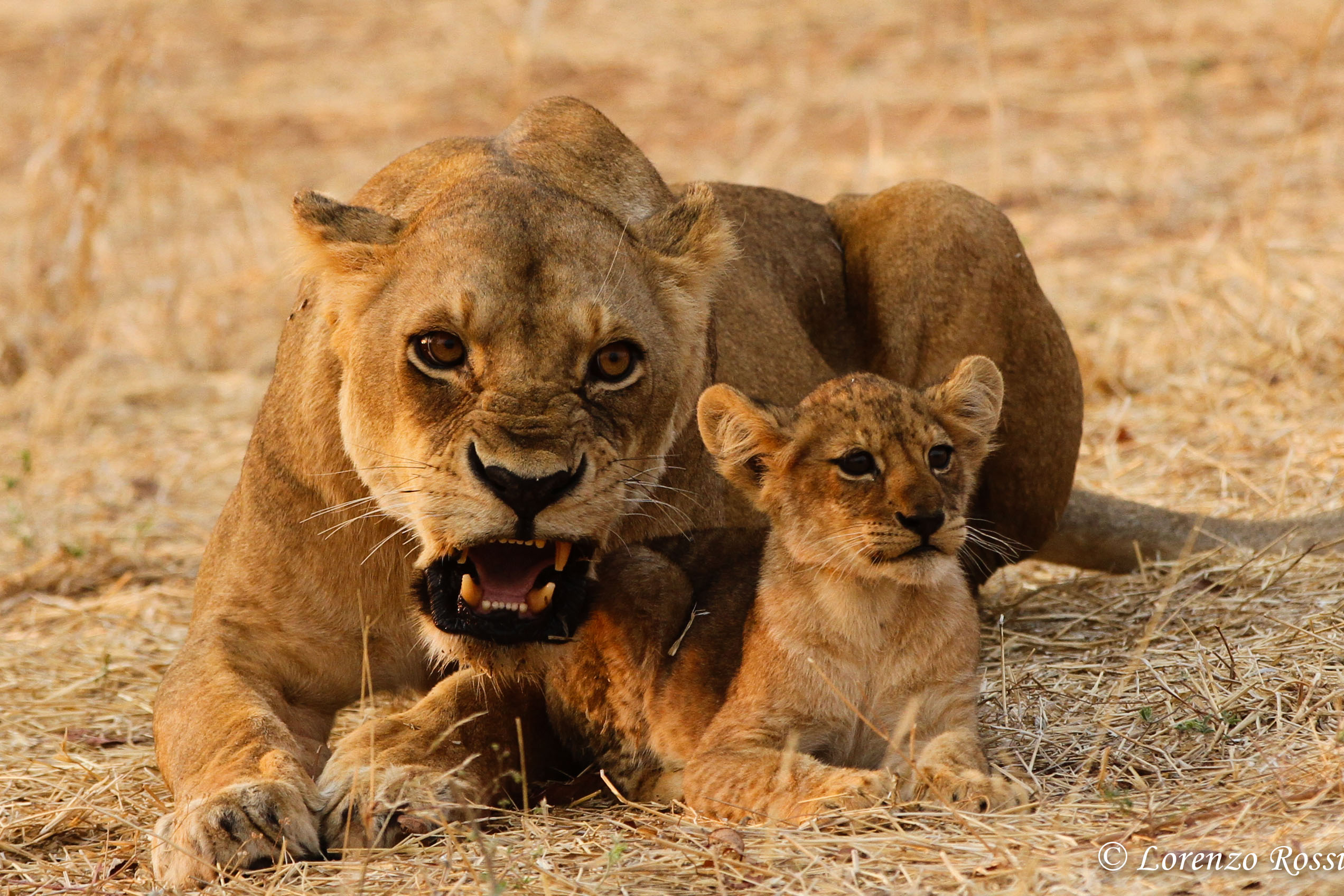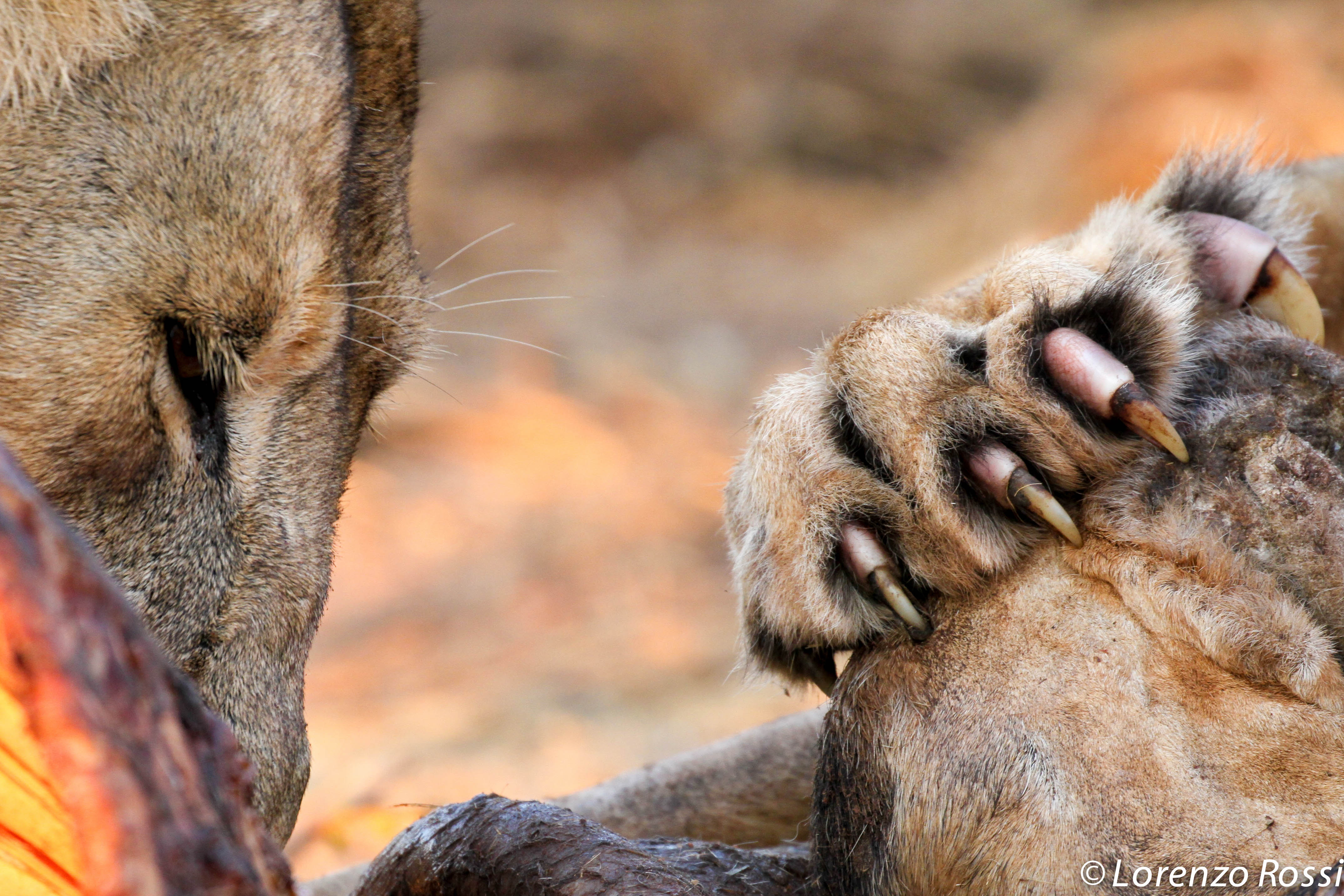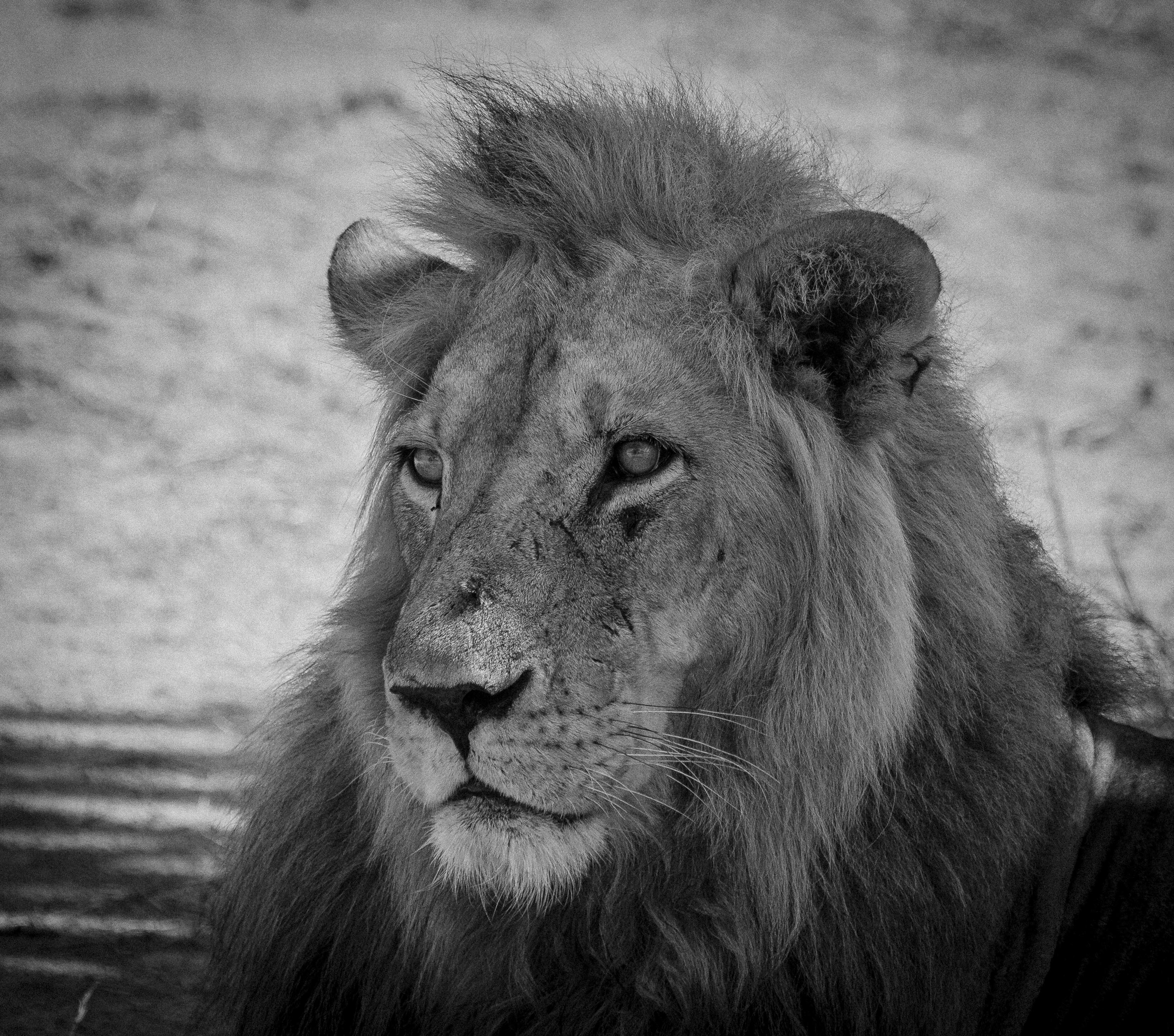News
WildCRU researchers join call for a greater focus on keeping wildlife and habitats truly wild
As part of the Pride Lion Conservation Alliance, two of our WildCRU team, Dr Amy Dickman and Dr Alayne Cotterill, write in Mongabay about the value of keeping wild animals and places truly wild, rather than moving towards an increasingly managed and sanitised version of ‘the wild’.
In Defence of the Wild
Amy Dickman, Colleen Begg, Shivani Bhalla, Alayne Cotterill, Stephanie Dolrenry & Leela Hazzah
An Opinion Piece from the Pride Lion Conservation Alliance
“Here, we argue that despite apparently growing media and public pressure to ‘sanitise’ the wild, the priority for effective conservation should always be keeping populations and areas wild above keeping individual animals safe
The enduring magnetism of the truly wild
Wild animals, especially big cats, have captivated human interest for as long as we have existed. The very first figurative art, laboriously carved out of woolly mammoth ivory over 40,000 years ago, showed the head of a lion on a human body: ancient cave paintings from Europe over 30,000 years ago reveal extensive, careful and accurate tableaux of lions. The pull of big cats has stayed immensely strong throughout the millennia, and are still represented on everything from the door knocker of 10 Downing Street to sportswear and luxury goods. So why do we have such an enduring and powerful attraction to these incredible creatures? They are clearly beautiful, but that does not explain the depth of their appeal: an Oxford study revealed that people found big cats far more appealing than would be expected purely from their physical characteristics. That is particularly true for lions: despite not having the striking colouration of a tiger, the appealing cuteness of a red panda, or the immense physical presence of a rhino, they are a predominant wild animal in the human psyche, becoming the world’s most-chosen national animal. All of us writing this have personally felt that pull: we all run conservation organizations where lions are the focal species, where it is the plight of these animals more than any other that attracts attention from across the globe.
Read the full article here.
Disclaimer: WildCRU does not hold a collective position on any specific issue but is committed to sharing all members’ research across various media platforms. Opinions expressed are members’ own views and do not represent collective views of WildCRU or the University of Oxford.
-
 © Lorenzo Rossi
© Lorenzo Rossi -
 © Lorenzo Rossi
© Lorenzo Rossi -
 © Paul Tickner
© Paul Tickner





